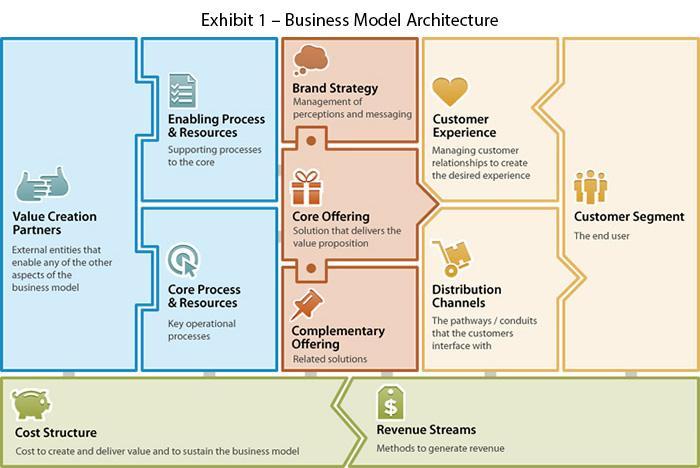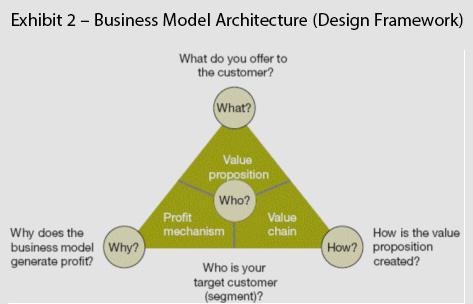A wise man will make more opportunities than he will find – Francis Bacon
The quote is equally true for business. Any business exists & grows because they have customers that have a job to be done and they have products and services to help them do that. Sooner than later the marketplace becomes congested with many ‘me too’ products competing for the same pie of the market. Innovative product / services alone have a shelf life of their own and therefore beyond a point organisations cease to grow & make money with their incumbent products/services.
It is increasingly becoming evident that just product innovations will not create sustainable competitive advantage. Its time now to take innovation beyond product. Organizations need to look at opportunities to innovate on every aspect of the Business. After all, products cannot deliver to their potential without a well-designed business model and vice versa. Remember iPod? The reason it had the lion’s share of the market was because of a well thought ecosystem in the form of iTunes!
In this article, we demystify “Business Model Innovation” and provide perspectives on describing the business model using an architecture and using the architecture to innovate.
Inculcating this ability to look beyond product for innovation as a habit will require this thinking to be ingrained as part of the organizational frame and strategy. The innovator will not rest till she has explored and innovated in the relevant elements of the business model for creating the next breakthrough for the organization!
What is a Business Model?
A business model describes the rationale of how an organization creates, delivers, and captures value, in economic, social, cultural or other contexts. The process of business model construction is part of business strategy.
Business Model Innovation!
So how can Organizations do business model innovation? Following are the key steps –
- Describe the current business model using the Business Model Architecture (see exhibit 1)
- Determine element/s of the business model where a novel idea can deliver the desired value proposition to the customer and the business (for the existing or new core product)
- Generate edge of circle ideas for the identified elements and describe the future state business model

The Business Model Architecture (BMA) is a method to analyze and design how a business creates, delivers and captures value. It allows us to see the business in the form of elements that come together to deliver value to the customers and the business.
The BMA enables the business to answer the following questions (see Exhibit 2 – BMA Design Framework) –
- Who?? (Customers): It’s very important to focus here on which customer segment we want to address and what jobs customers are trying to get done & what are their expected outcomes. Asking ‘why’ these outcomes are important, will lead us to higher level key intangibles that business model innovators address well & win the game.
- What?? (Value Proposition – core & complementary offerings and experience): The idea here is to provide new solutions that will address the jobs and the outcomes better than prevailing solutions or where there is none that exists today. Ideas generated here need to be converted into a product, process or a service offering and establish the experience customers will get when they engage with the products/services and the organization.
- How?? (Value Chain): This involves the infrastructure (internal & external) & processes (largely internal) to enable the business to execute the offering in efficient & cost-effective way. The value chain involves partners, resources, activities and channels.
- Why?? (Profit Formula): Innovative pricing models and cost reduction innovations help in setting the winning profit formula.
Café Coffee Day: Seeing Through Lenses of Business Model Architecture
Let’s look at the case of Café Coffee Day and how they have innovated across the Business Model Architecture elements. The core positioning of ‘customer value proportion’ was/is ‘Easy-est’, ‘Big-est, Hot-est’, ‘Fine-est’.

| Business Model Design Element | Business Model Architecture Elements | The Coffee-Day Solution |
|---|---|---|
| Who | Customer Segments |
|
| What | Value Proposition (core & complementary offerings and experience) |
|
| How | Resources |
|
| Channels |
| |
| Core and Support Processes |
| |
| Partners |
| |
| Why | Revenue |
|
| Cost |
|
